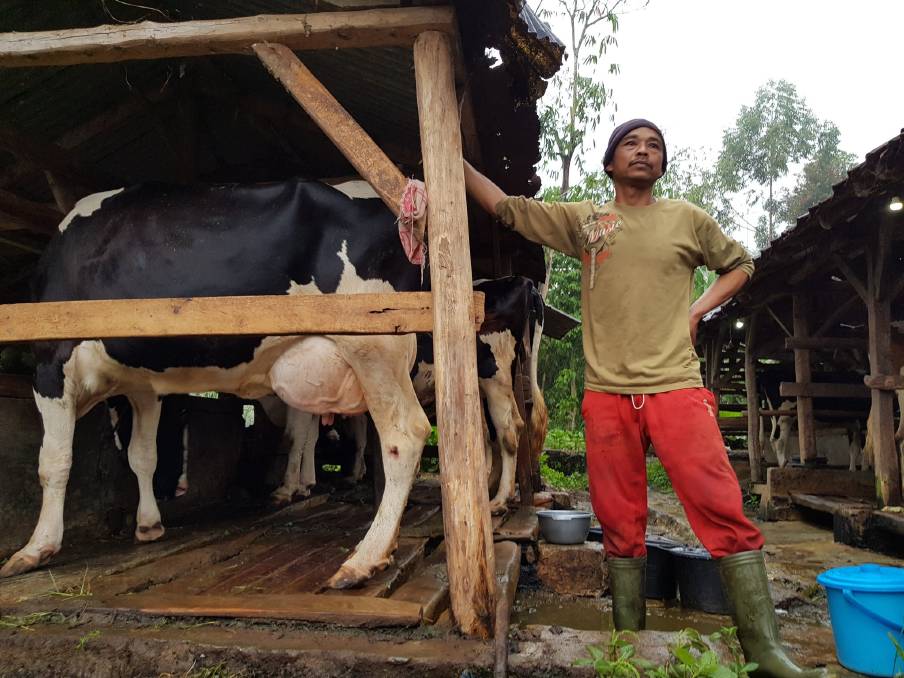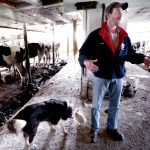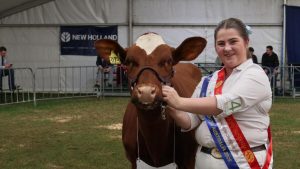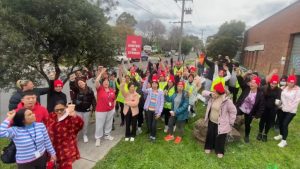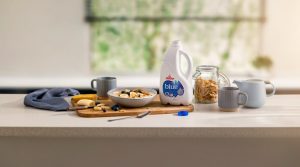
A team of researchers from West Java are in Queensland this week, learning about production systems from farmers on the Atherton Tablelands.
The project, which is being run through the University of Adelaide’s Centre for Global Food and Resources, is funded by the Australian Centre for International Agricultural Research (ACIAR).
Project coordinator Jack Hetherington said Indonesia’s dairy industry was struggling to meet domestic demand, providing only about 20 per cent of the nation’s requirements.
He said the Indonesian Government was investing heavily in the sector to boost domestic production and improve the livelihoods of dairy farming communities.
Mr Hetherington said most of Indonesia’s dairy farmers were small operators, who only owned about three milking cows each.
“The project is looking at supporting smaller dairy farmers to improve milk production, quality and quantity,” Mr Hetherington said.
“We put this trip together to bring the team over to try to learn around best practices in the Australian dairy and tropical industry, both farming management, but also research and extension programs.
“There’s about 90,000 farmers, but a lot of it is small scale farming with an average of three milking farms per farm so it is pretty low production compared to Australian systems.”
Mr Hetherington said issues included contrasting feed availability, the quality milk being produced and a breakdown in how training reached farmers.
The researchers spent two days on the Atherton Tablelands, attending the Northern Australia Dairy Innovation Days (NADID) industry forum, led by Subtropical Dairy.
They also visited Bob Kelso’s dairy farm near Evelyn to learn about his farming practices.
Mr Hetherington said field activities were being run in five sites in West Java.
“The goal of the project is to increase milk production for 3000 farmers by 25 per cent.
“What we’ve found in the initial information coming through from researchers is the knowledge and attitude to different practices is changing.
“Farmers are learning from each other and are really engaged.”
Mr Hetherington said improving milk quality was also a key focus.
He said in Australia, the allowable bacterial count was 50,000 per millilitres, where in Indonesia it was 20 times higher at 1 million.
“At the moment there’s about 20 per cent self sufficiency in milk, there’s a lot of importation of powdered product, and there are limitations for where the product can currently go, largely due to the bacteria content, a lot goes to processed product like yoghurt.”
Mr Hetherington said they would work with a dairy cooperative and milk processor to asses whether an incentive program where farmers could be paid a premium if the bacteria counts were lower, could improve outcomes.
The project started in 2016 and will run until 2020.
